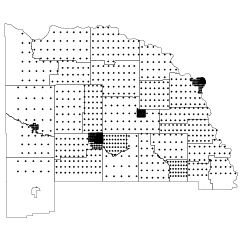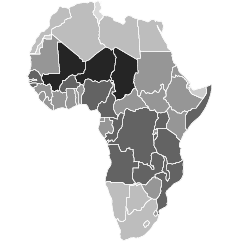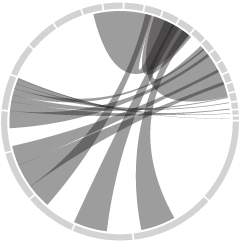Kevin Drum on data is or data are:
Now, I know that lots of people continue to foolishly disagree with me about this, but I’m curious how far they’re willing to push things. If you had, say, five bits of information, would you say I only have five data? If you really, truly believe that data is a plural noun, you’d have no problem with this. But does anyone actually do it?
This was in response to the Wall Street Journal’s style guy saying that they can go either way, as the word as has evolved to also mean a singular collection of numbers.
Here’s what the New York Times style guide has to say about it:
[D]ata is acceptable as a singular term for information: The data was persuasive. In its traditional sense, meaning a collection of facts and figures, the noun can still be plural: They tabulate the data, which arrive from bookstores nationwide. (In this sense, the singular is datum, a word both stilted and deservedly obscure.)
I say data is. The plural version sounds weird to me.


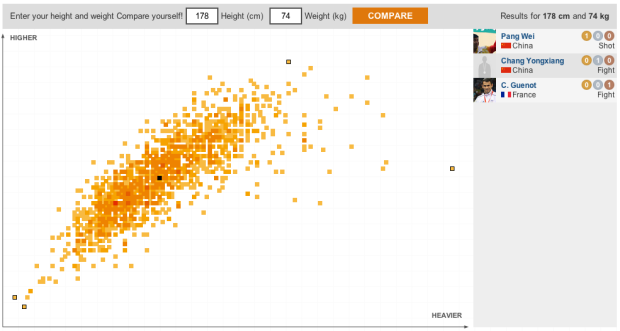
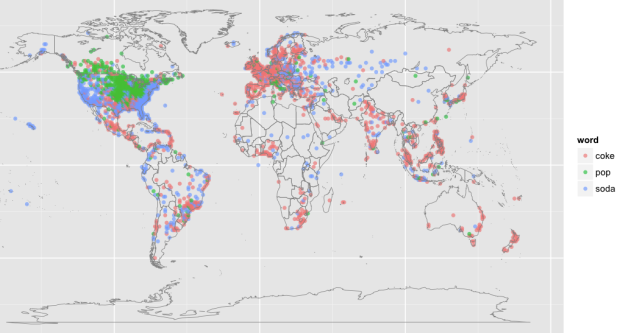
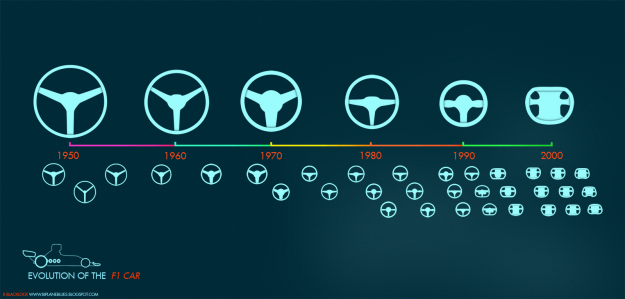

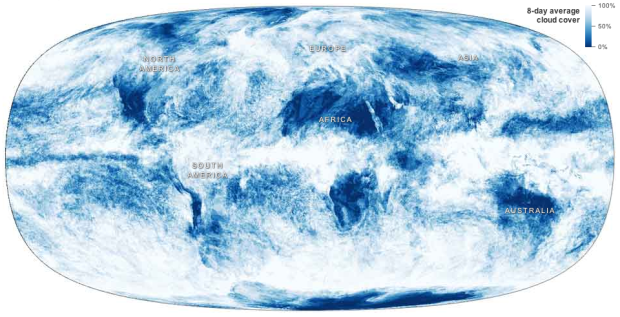
 Visualize This: The FlowingData Guide to Design, Visualization, and Statistics (2nd Edition)
Visualize This: The FlowingData Guide to Design, Visualization, and Statistics (2nd Edition)


